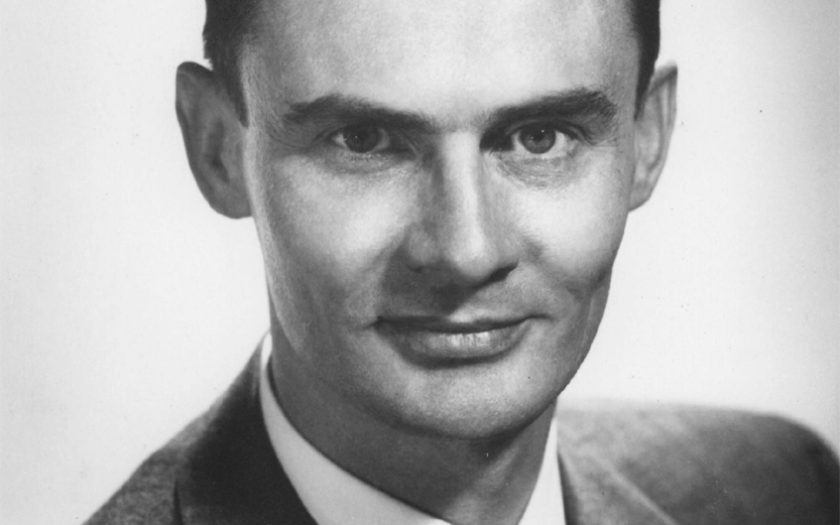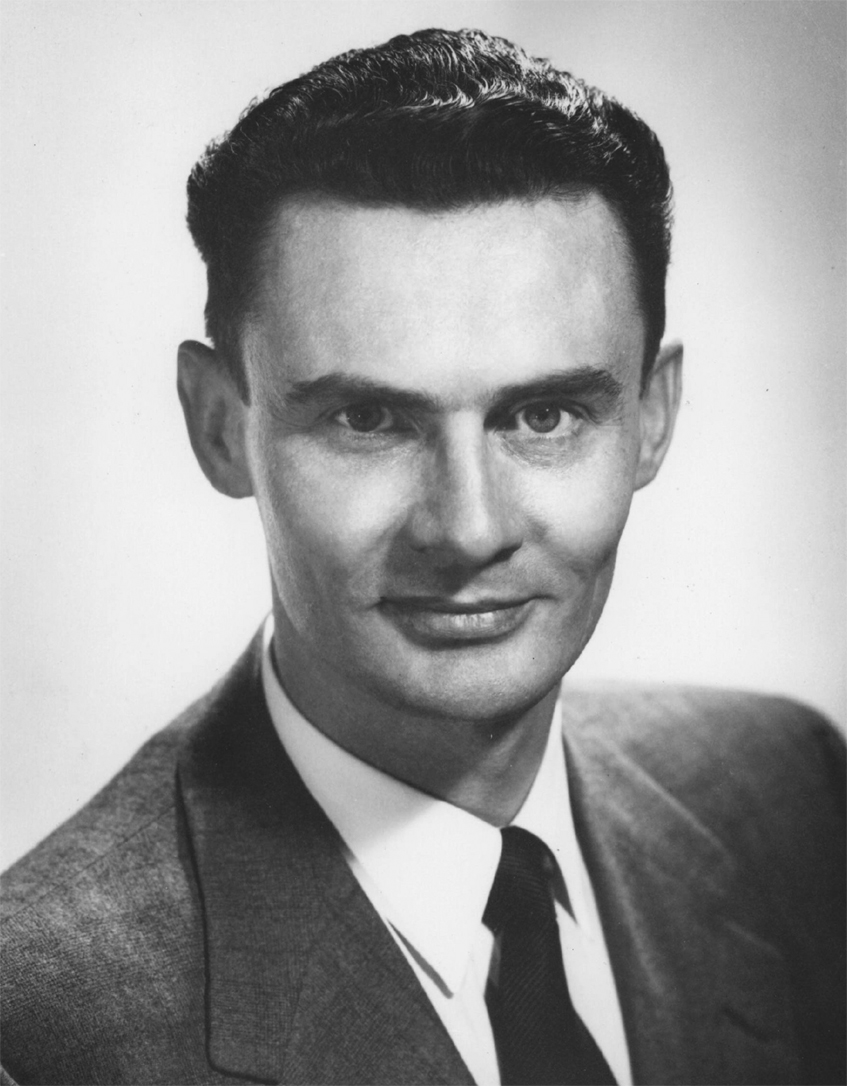
1914 — 100 years ago – was a time of tremendous change. Henry Ford opened the world’s first assembly line (for the Model T). The world’s first airline, St. Petersburg Tampa Airboat Line, started operation. W.H. Carrier patented the first air conditioner. The Panama Canal opened. Archduke Ferdinand of Austria was assassinated, which ignited World War I. Many famous people were born. To name just two: Dr. Jonas Salk, who discovered a cure for polio, and explorer Thor Heyerdahl. Add to that list Andrew Jenike.
Andy, as he preferred to be called, was born in Poland and graduated from Warsaw Polytechnic Institute with a B.S. in Mechanical Engineering in 1939. Upon graduation he entered the Polish Army where he served with distinction as an officer in the Second World War. When his unit was about to be overrun by the Nazis and Russians, he fled on foot through Eastern Europe and eventually ended up in England where, in 1949, he earned a Ph.D. in Structural Engineering from the University of London. After the war he and his wife Una immigrated to Canada and then to the United States, eventually settling in Salt Lake City.
On April 16, 1953 at 3:15 in the afternoon — his 39th birthday — Andy made a decision that has had an immeasurable effect on thousand of engineers and industries around the world: he would devote the rest of his life to developing a theoretical and practical understanding of the storage and flow of bulk solids. He was appointed to the University of Utah where he conducted his original research. It was there that he set forth design procedures in two famous Engineering Experiment Station Bulletins 108 and 123, the latter probably the most cited work in the field today.
Andy Jenike was truly a visionary. He developed a theory to fulfill a practical need, and he approached his work with enthusiasm and focus not unlike famous inventors like Thomas Edison. He changed the way we design and build storage vessels for solids in a very revolutionary way. As Reg Davies (retired Principal Consultant and Research Manager of DuPont’s Corporate Center for Particle Science and Technology) once said, “As scientists and engineers, rarely do we accomplish something that changes the way people think and behave to such a degree that our name becomes synonymous with its application. That’s Jenike”.
To judge Jenike only on his technical achievements would really miss a very important contribution that he gave to society. That contribution would be the people. Many of those engaged in the field over the last 50 years owe their starts to Jenike — Prof. Dr.-Ing. Jörg Schwedes (retired head of Institute of Particle Technology at Technical University Braunschweig in Germany), Dr. Gisle Enstad (retired Chief Scientist at Telemark University College’s Powder Science and Technology Department in Norway), Prof. Alan Roberts (Emeritus Professor at University of Newcastle’s School of Engineering in Australia) and many more all had discussions with Jenike about solids flow principles. Schwedes wrote to Jenike when Jenike won the IMechE award that “besides Hans Rumpf (retired chair of Institute of Mechanical Engineering at Technical University Karlsruhe in Germany)…nobody has influenced my scientific and professional career in a comparable way you did.”
In addition to being a first class engineer and mathematician, Jenike had an excellent business sense. Perhaps one reflection of this is that the company that he and Jerry Johanson founded is still going strong after nearly 50 years. This is in no small part the result of Jenike’s keen sense of what clients need and how best to provide that service. He insisted on quality in everything he did, and this rubbed off on everyone around him.
I was fortunate to start working for Andy the summer between my undergraduate and graduate programs, when the company was headquartered in the basement of Andy’s house. After graduate school I joined the company full time, and 44 years later I’m still there.
Andy was president of our firm until he retired in 1979. After that time he conducted research for about eight years until a serious automobile accident in 1987 prevented him from working further. He passed away on August 8, 2003.
I’m proud to have known Andy Jenike as a mentor and a friend – and I’m pleased to reflect on his many accomplishments on the centennial of his birth.




